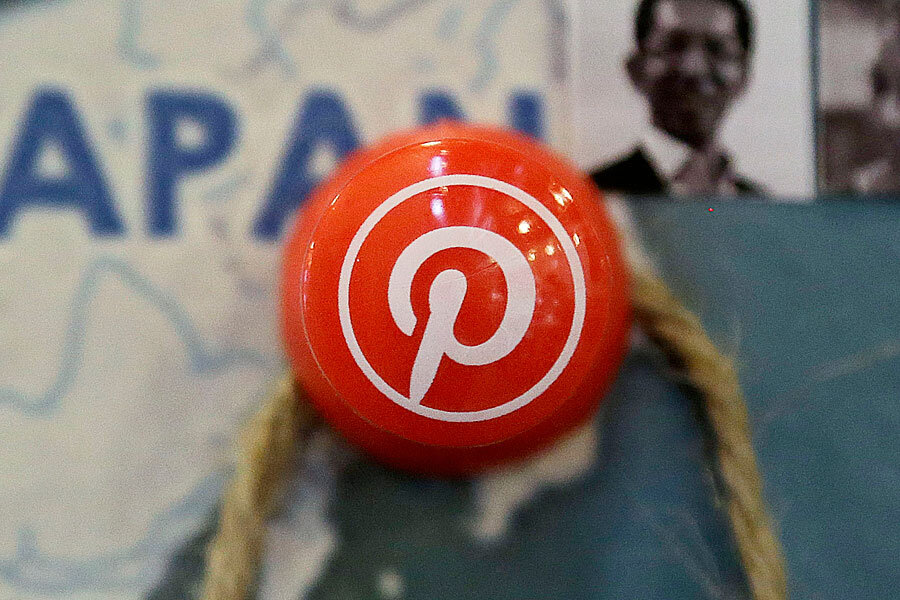Pinterest transitions to retail with the launch of the 'Shop'
Loading...
Pinterest, the image-collecting social media website, is launching its debut mobile app store, The Pinterest Shop. The instantly buyable collection is a hand-curated catalog that features products from buyable pins.
“Now you can shop the best of Pinterest at our brand new Shop. Stop by every day for new collections – from entertaining essentials to cozy winter accessories – hand-picked by us at Pinterest,” the company said in a statement. “Look for products from brands you know and love, like Bloomingdale’s and Nordstrom, and small boutiques you might not find anywhere else, like The Citizenry and Heist.”
With the arrival of The Shop, the online company is well on its way in developing a large platform for e-commerce. It's part of a transition from a hugely popular photo-sharing and artistic ideas site, especially for women, to a retail business. Since 2009, e-commerce, or commercial transactions conducted via the Internet, has experienced steady and rapid growth. In the past six years, these kinds of sales have increased by nearly 58 percent.
This latest update comes with Pinterest’s introduction of “Buyable Pins” to Android systems, about five months after the feature was available to iPad and iPhone users.
Launched in June, Buyable Pins allows the website’s 100 million users to purchase the Aspen frost-patterned paint roller or that perfect pair of indie, trendy oversized cat-eye sunglasses immediately upon seeing it on their dashboards. That is, as long as it’s marked as a buyable item.
“As a catalogue of ideas, our mission isn’t to just show you those ideas, but to help you bring them to life,” Pinterest spokeswoman Jamie Favazza tells Wired.
Since its introduction, online retailers have created more than 60 million buyable pins, which Pinterest has said was an auspicious sign.
“Merchants are experiencing improved mobile conversion rates, new customers, and incremental sales at no extra cost to the merchant,” the company tells VentureBeat.
Before The Shop, the special pins were not consolidated, leaving to Pinners the strenuous task of deliberately seeking out buyable items. But now, mobile users can simply click “explore” and find the Shop category, under which everything will be purchasable on the app.
In addition, Pinterest will have a list of the top-10 product trends that users are buying. Right now, that list includes leather leggings, delicate necklaces, and wine-colored accessories.
Valued at $11 billion, Pinterest has been seeking to increase its advertising revenue. With Buyable Pins, third-party retailers are not charged any extra fees – instead, advertisers will be charged to promote the pins.
And as for Pinterest’s consumers, Teen Vogue’s Sade Strehlke said it best: “People — the holiday season has officially begun!”








